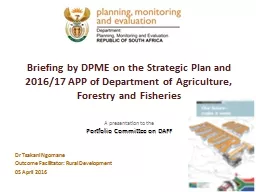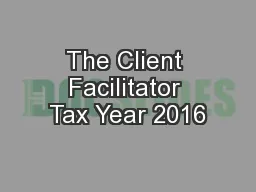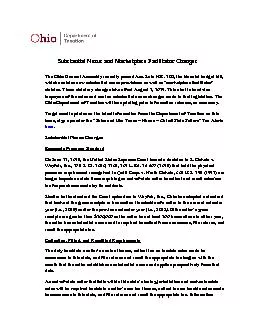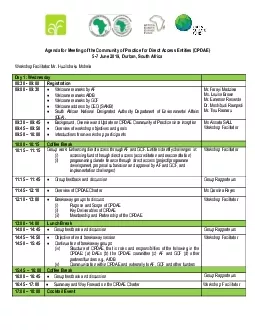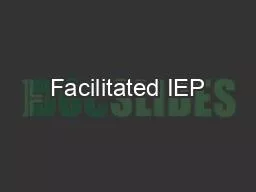PPT-Dr Tsakani Ngomane Outcome Facilitator:
Author : alexa-scheidler | Published Date : 2020-04-06
Rural Development 04 May 2017 BRIEFING BY DPME ON THE STRATEGIC PLAN AND 201718 APP OF DEPARTMENT OF AGRICULTURE FORESTRY AND FISHERIES A PRESENTATION TO THE PORTFOLIO
Presentation Embed Code
Download Presentation
Download Presentation The PPT/PDF document " Dr Tsakani Ngomane Outcome Facilitator..." is the property of its rightful owner. Permission is granted to download and print the materials on this website for personal, non-commercial use only, and to display it on your personal computer provided you do not modify the materials and that you retain all copyright notices contained in the materials. By downloading content from our website, you accept the terms of this agreement.
Dr Tsakani Ngomane Outcome Facilitator: : Transcript
Download Rules Of Document
" Dr Tsakani Ngomane Outcome Facilitator: "The content belongs to its owner. You may download and print it for personal use, without modification, and keep all copyright notices. By downloading, you agree to these terms.
Related Documents

